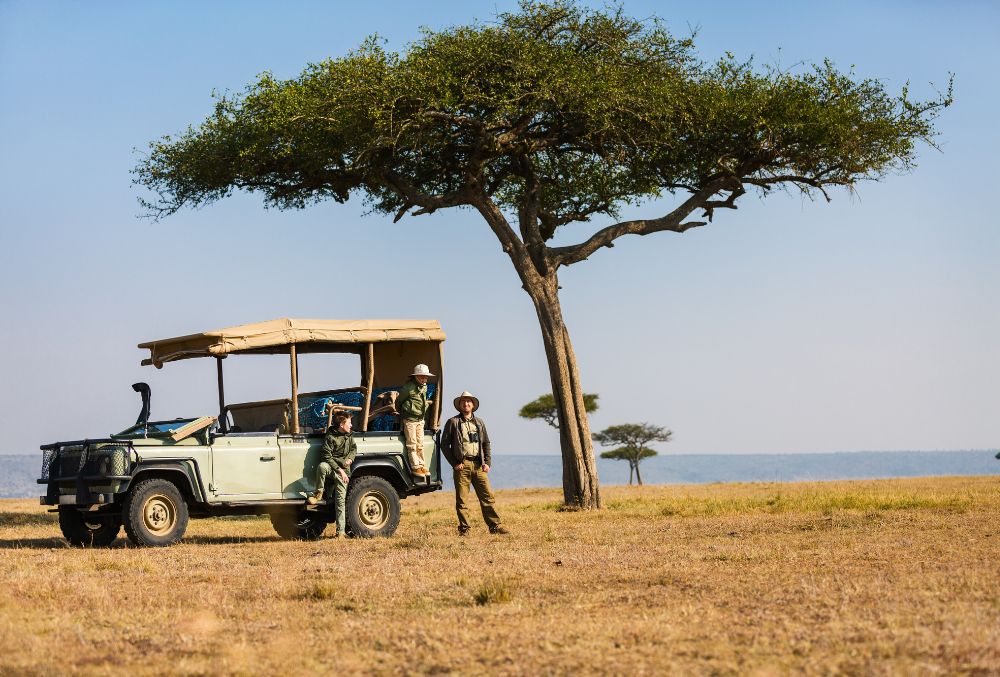The renowned 19th-century Scottish explorer and missionary, David Livingstone, has left a lasting legacy in Malawi, celebrated for his efforts to eradicate slavery. The numerous statues and monuments erected in his honor throughout the country attest to his enduring popularity among the Malawian people. This historical connection has fostered a strong, ongoing relationship between Scotland and Malawi.
At the heart of this vibrant country lies Lake Malawi, a vast expanse of crystal-clear waters teeming with colorful fish and bordered by golden beaches, a reminder that Malawi, despite being landlocked, boasts some of the most beautiful waterscapes. Adjacent to this aquatic jewel is Liwonde National Park, renowned for its ancient baobabs and towering tropical palms. Dominated by the Shire River, the park thrives on the wildlife drawn to its lush plains, thanks to the river’s role as Lake Malawi’s sole outflow.
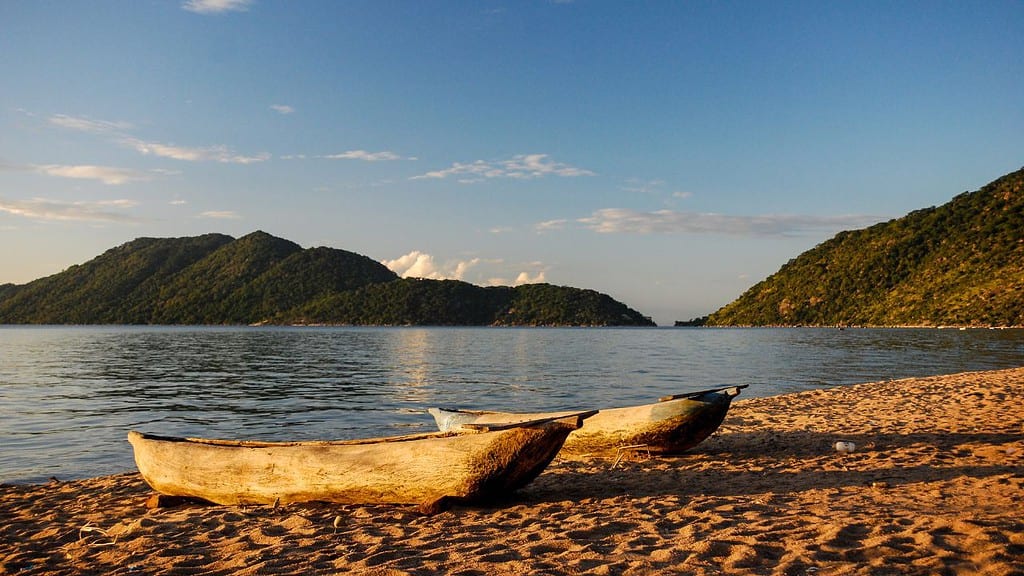
To the south of Lake Malawi, the landscape transforms with the dramatic elevations of Mount Mulanje and the Zomba Plateau, offering outstanding hiking opportunities, verdant valleys, and tea plantations. The nearby Majete Wildlife Reserve is a haven for diverse animal populations. Further north, the Nyika Plateau presents a striking contrast with its rolling hills and grassy valleys, evoking the Scottish Highlands rather than the heart of Central Africa, albeit with the African touch of roaming zebras and antelopes.
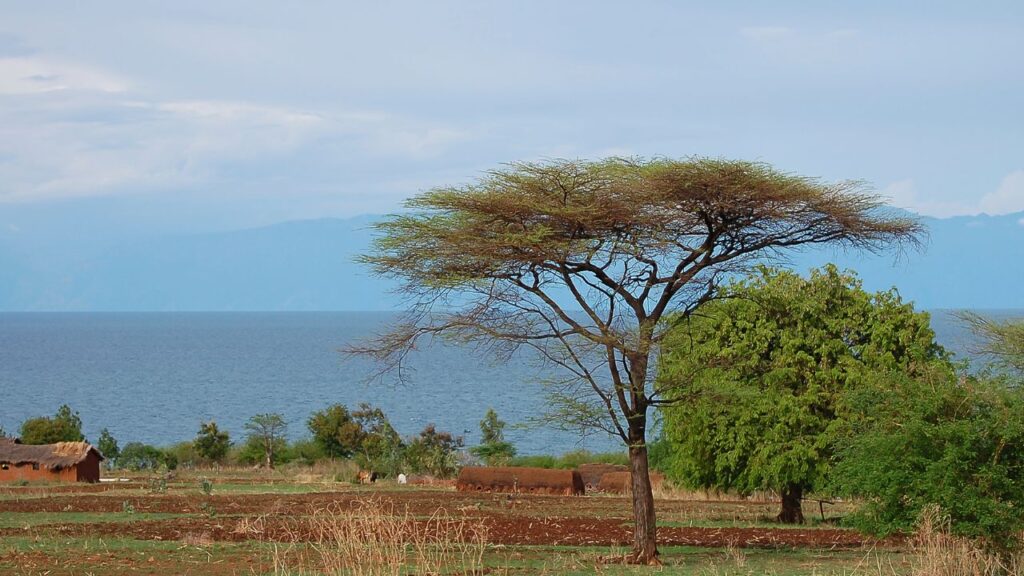
Entrances to Malawi
While Lilongwe, with its sprawling and somewhat chaotic nature, might not rank as Africa’s most captivating capital, the warmth and hospitality of the Malawian people ensure a pleasant stay for those spending a brief period here.
The city is distinctly divided into the modern, meticulously planned “Capital City” and the spontaneously developed “Old Town,” characterized by its lively streets and markets. Situated between these two areas, the Lilongwe Wildlife Centre stands as Malawi’s sole sanctuary for orphaned, injured, and rescued wild animals, significantly contributing to conservation efforts. This serene wilderness provides a tranquil retreat amidst the city’s bustle.

Malawi’s Safari Renaissance
Malawi is emerging as a thrilling safari destination, thanks to significant conservation efforts. Historically affected by poaching and economic hardship, the nation’s beautiful national parks are now flourishing with wildlife, offering a unique safari option for those seeking to explore less-traveled paths.
In 1992, the Majete Wildlife Reserve was a stark landscape, ravaged by poaching, which had eradicated its entire elephant population and severely diminished its wildlife. However, with the intervention of African Parks’ remarkable conservation projects, Majete has transformed into a sanctuary for over 12,000 animals, including the Big Five and more than 300 bird species. This transformation has turned the reserve, located in the southern part of Malawi within the Great Rift Valley, into a diverse habitat comprising gentle rolling hills, riverine forests, and the mighty Shire River.
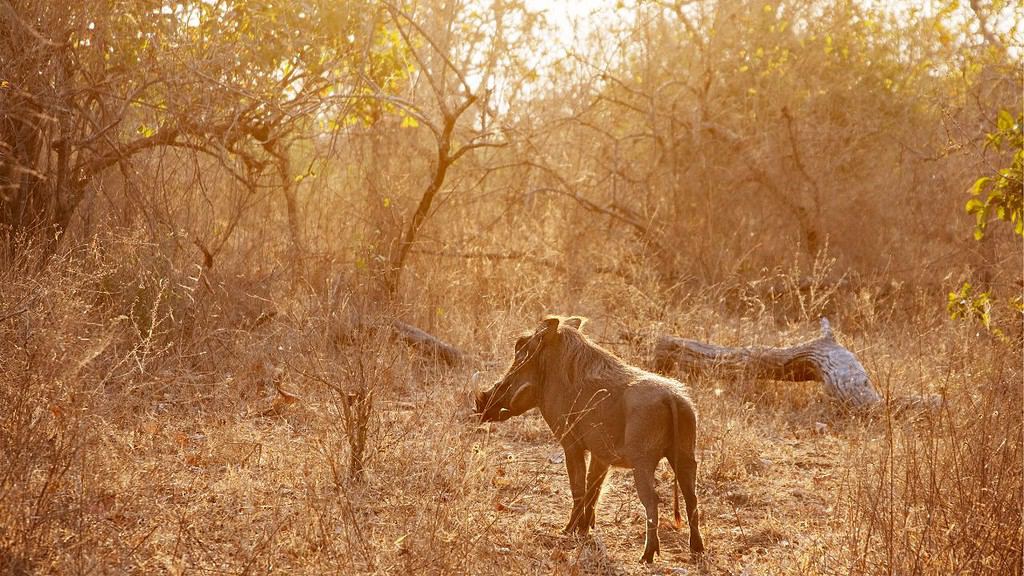
The success in Majete inspired similar conservation efforts in Liwonde National Park when African Parks assumed management in 2015. Liwonde, known for its unspoiled beauty, dense woodlands, and diverse ecosystems, is centered around the Shire River, teeming with hippos, crocodiles, and Malawi’s largest elephant population, alongside increasing numbers of big cats.
African Parks also oversees two other wilderness areas in Malawi: Nkhotakota Wildlife Reserve, the country’s largest and oldest national park, now experiencing a resurgence of wildlife, and Mangochi Forest Reserve, a scenic mountainous area with a growing wildlife population, including elephants and leopards.
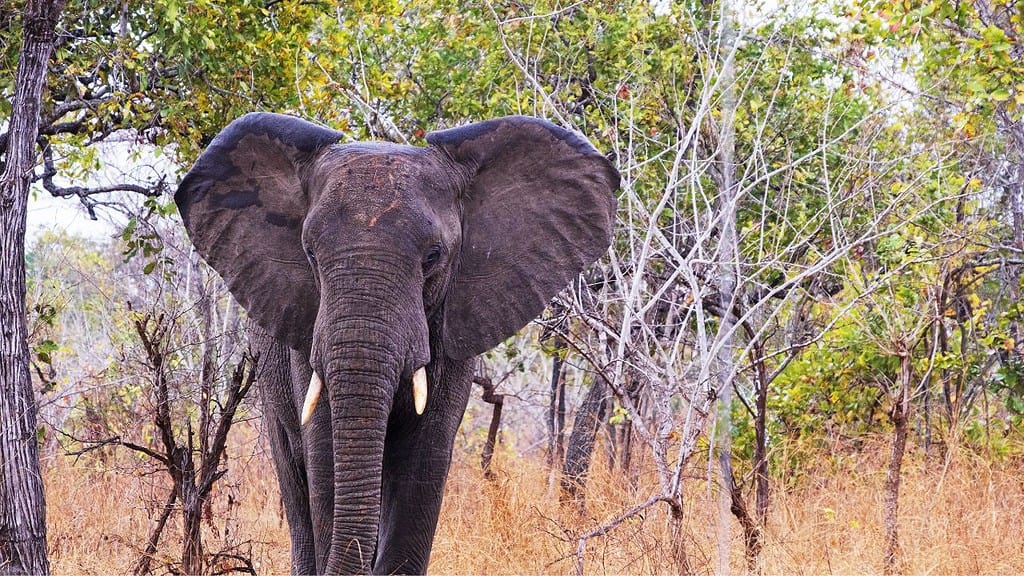
Highland Fling
Beyond its burgeoning safari scene and the iconic Lake Malawi, the country is remarkably mountainous, offering landscapes often likened to the Atlas Mountains, the Ethiopian Highlands, and even the Scottish Highlands.
The Nyika Plateau in northern Malawi, reminiscent of the Scottish Highlands, is a protected area within the Nyika National Park. At an elevation of 2,500 meters, it provides a cool retreat from the safari heat and is home to diverse wildlife, including significant populations of roan, reedbuck, and predators like leopards. The plateau is also a haven for endemic species and a popular destination for outdoor activities.
The Zomba Plateau, rising 1,800 meters in the south, is another enchanting area featuring waterfalls, lakes, and extensive hiking trails. Below lies the town of Zomba, the former colonial capital, known for its vibrant market and architectural heritage.
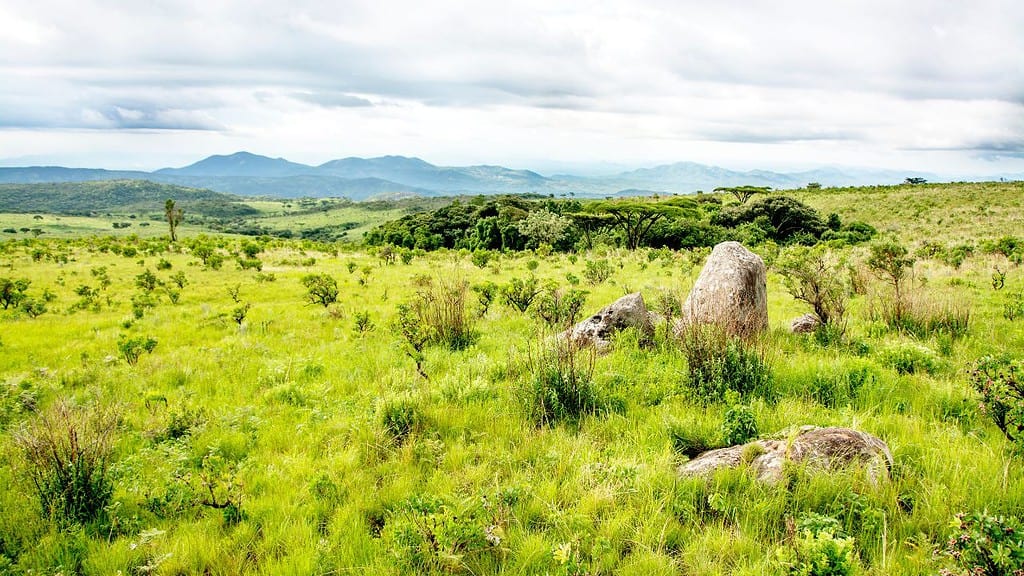
Mount Mulanje, Central Africa’s highest peak, is a majestic granite massif within the Mulanje Mountain Forest Reserve. Its vast landscapes, ranging from tea plantations in lush valleys to rugged peaks, attract climbers and trekkers globally.
Malawi is poised for a bright future, with its rich natural beauty, successful conservation initiatives, and warm hospitality. Despite its size, Malawi offers an authentic African experience, making it a compelling destination for those seeking adventure and natural wonders.
Ready for your trip?
Let us help you plan everything.
We believe in the uniqueness of every traveler’s journey. Our sample itineraries and cost estimates serve merely as inspiration. Dive deeper into personalized travel planning by connecting with our expert consultants, who are ready to craft your customized itinerary, tailored to your budget and passions.
